| Structure | Name/CAS No. | Articles |
|---|---|---|
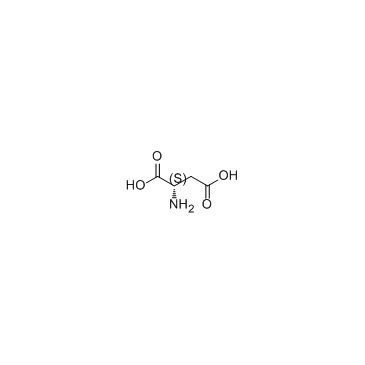 |
L-Aspartic acid
CAS:56-84-8 |
|
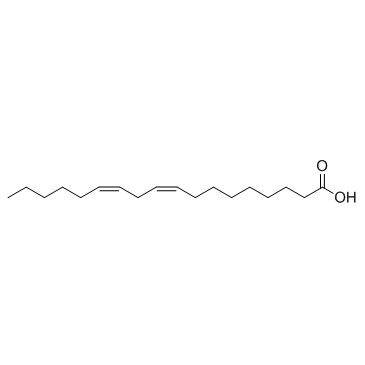 |
Linoleic acid
CAS:60-33-3 |
|
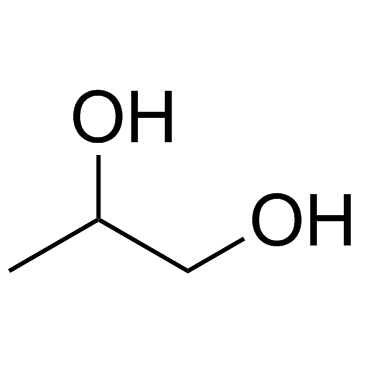 |
Propylene Glycol
CAS:57-55-6 |
|
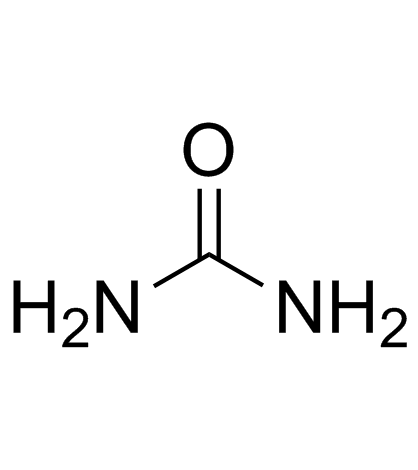 |
Urea
CAS:57-13-6 |
|
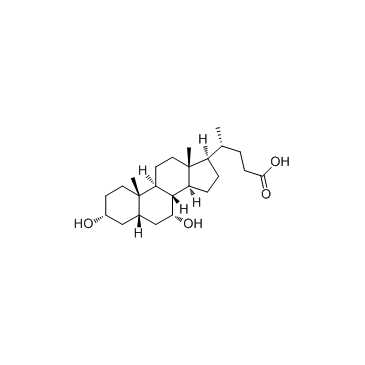 |
Chenodeoxycholic acid
CAS:474-25-9 |
|
 |
Deoxycholic acid
CAS:83-44-3 |
|
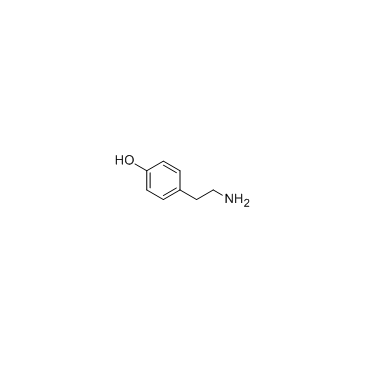 |
Tyramine
CAS:51-67-2 |
|
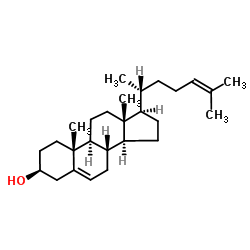 |
Desmesterol
CAS:313-04-2 |
|
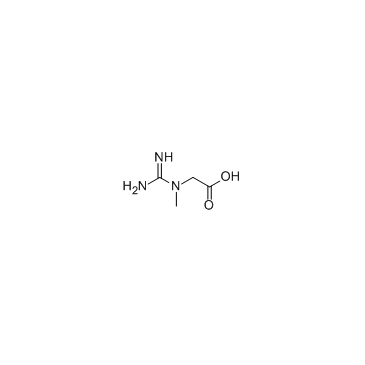 |
Creatine
CAS:57-00-1 |
|
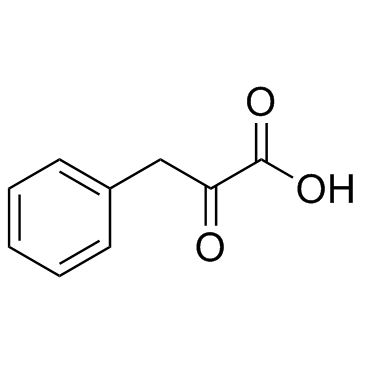 |
2-Oxo-3-phenylpropanoic acid
CAS:156-06-9 |